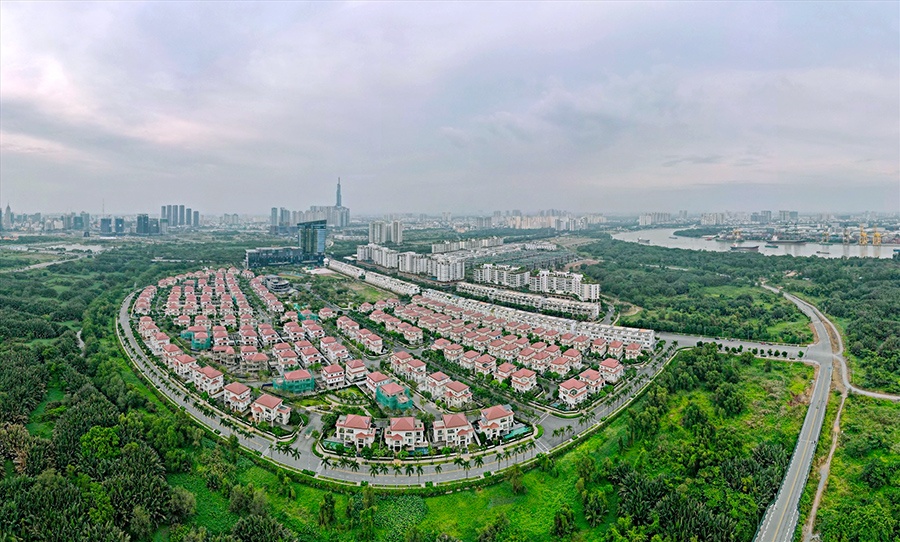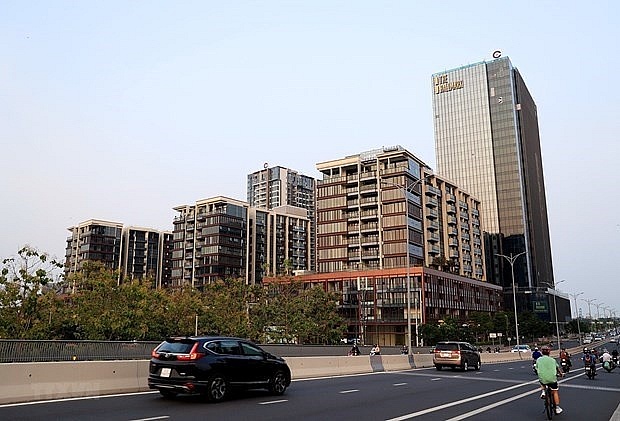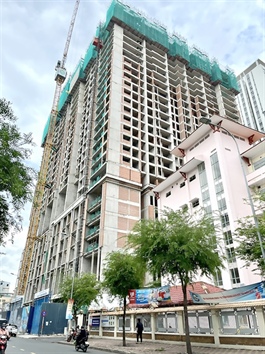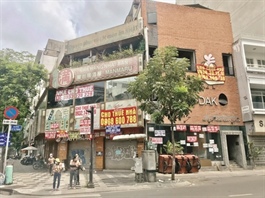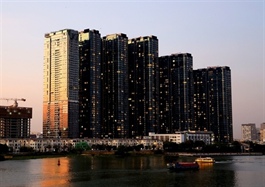Urban office rents fall amid supply glut
Urban office rents fall amid supply glut
A glut of new supply is seeing the vacancy rate of offices for rent in Ho Chi Minh City at their highest in 12 years while rents are falling.
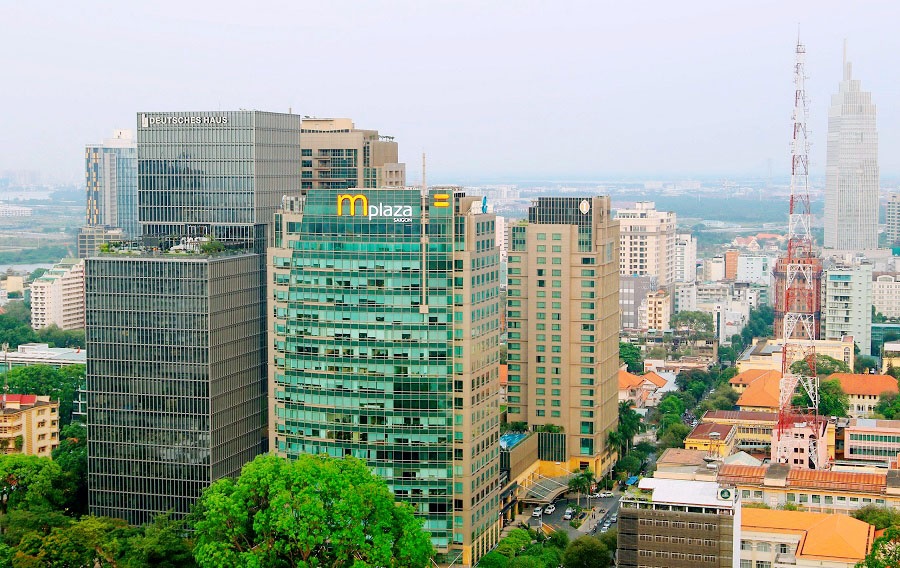
Real estate consultant Knight Frank announced a quarterly decrease in Ho Chi Minh City office rents as new supply has pushes vacancies to 18 per cent,
In its Q3 market update released at the beginning of October, the company reported that Grade A office rents registered a quarterly decrease of 2.2 per cent, with a 0.2 per cent fall for Grade B rents as vacancy rates jumped to 18.2 per cent and 11.6 per cent, respectively.
Alex Crane, managing director of Knight Frank Vietnam, said that the amount of available space today was higher than it has been since when he arrived in Vietnam in 2011.
“While the vacancy rate then was also around 20 per cent, with downward pressure on rents, the market was far smaller and cumulative space available in Grade A was less than half of that available today,” he said.
“What is far different now is the quality of buildings on offer, but the demand side, particularly from multinational companies, should continue to increase in Vietnam, and Ho Chi Minh City in particular.”
The downtrend and the capacity of the market have fluctuated recently as building owners and office rental companies are racing to reduce prices to draw in tenants.
Many affordable office towers with rents ranging from $16.6 to $21 per sq.m per month in Phu Nhuan and Tan Binh districts and on the outskirts of District 1 have recorded a 10-20 per cent decrease in rents.
Many are applying an indirect office rental discounts in the form of “rent two, get one free” promotions or expanding the payment schedule or management fee exemptions.
Hoang Minh, a sale representative for a private office building in Dien Bien Phu street of Ho Chi Minh City, said that his rent was now reduced by 15 per cent compared to September, but there were few tenants as the competition had been tough.
Minh said that some small enterprises in his building had turned their back on spaces that they had leased for years and moved to outskirt areas of Ho Chi Minh City to take advantage of lower rates.
According to the Department of Business Registration Management under the Ministry of Planning and Investment released in the first nine months of 2023, more than 135,100 businesses withdrew from the market, an increase of nearly 20 per cent over the same period in 2022. Of these, the majority of businesses chose to temporarily suspend short-term business (56 per cent) operations to overcome their difficulties.
For the high-end and premium office segment, the push downwards on average is also a result of new buildings arriving in Thu Thiem, which are offered at a more competitive rent to the traditional District 1 core.
Tu Thi Hong An, senior director of Savills Vietnam, said that many tenants were facing financial difficulties, so they are very cautious when making decisions.
“This causes investors to have flexible rental policies while focusing on providing service incentives to support tenants when searching and choosing workspaces,” An said.
The trend of reducing office rents is increasingly clear, with the office rental market showing rapid adaptation to supply and demand fluctuations.
Savills Vietnam recorded a decrease in rental prices in 2022-2023 when investors were flexible in adjusting rental prices to both retain existing tenants and draw in new tenants.
“This shows acumen in adapting to market fluctuations. Tenants are also gradually changing the way they use offices to focus on reducing costs,” An said.
Along with the flexible working trend, the office market is seeing new trends that could change the face of the market.
Many tenants are moving their offices outside the central business district to reduce rental costs and improve working space. New office buildings such as Phu My Hung Tower, CII Tower, and The Hallmark in Thu Duc City are meeting this need with high-end amenities and green office certification.
Along with that, the current office model focuses on providing services and amenities to meet the diverse needs of human resources of different ages and habits. The transformation of the traditional office structure and layout to a modern office not only helps increase work efficiency but also creates opportunities to interact and increase interaction of employees across the company and different generations.



